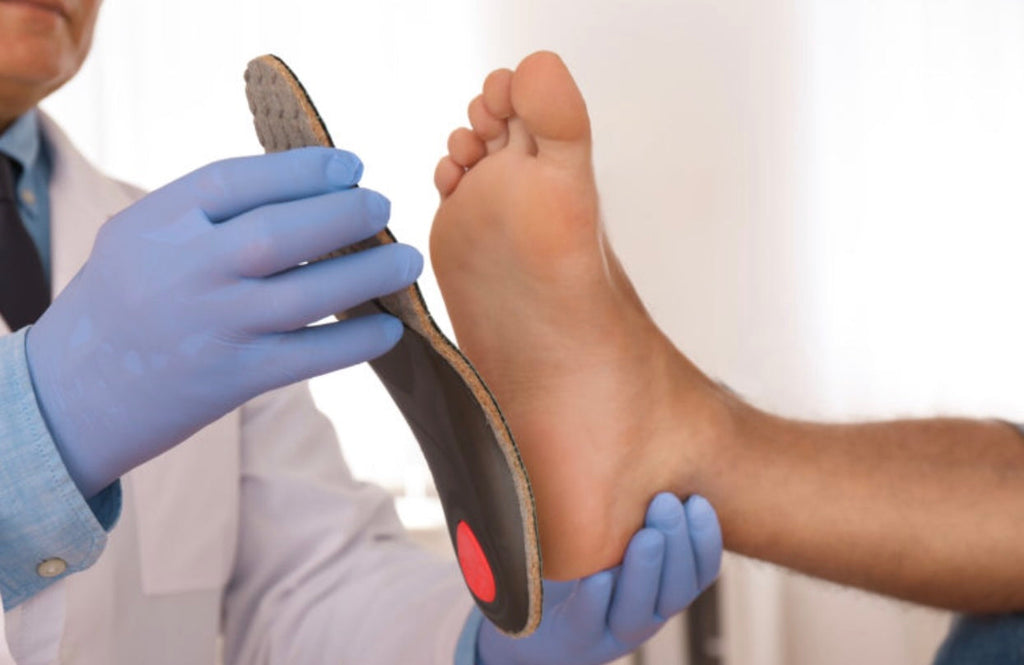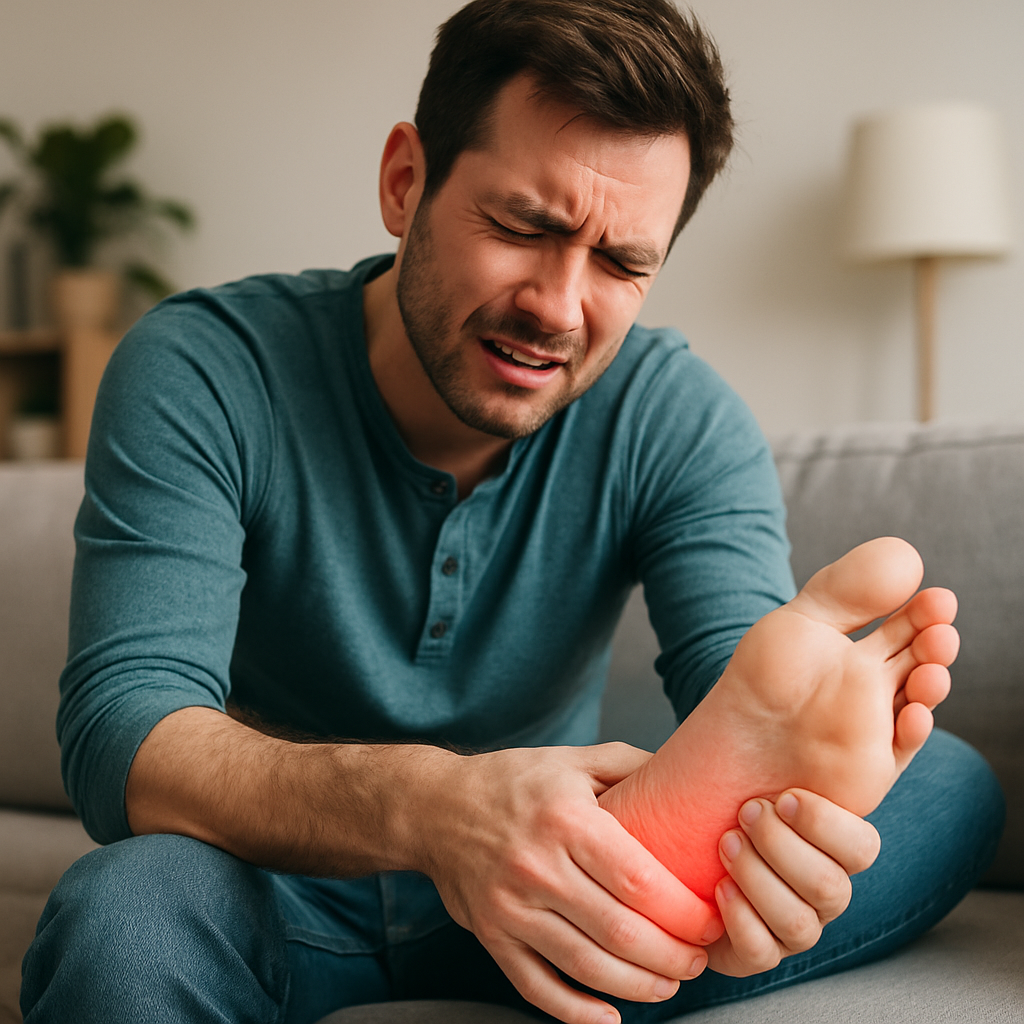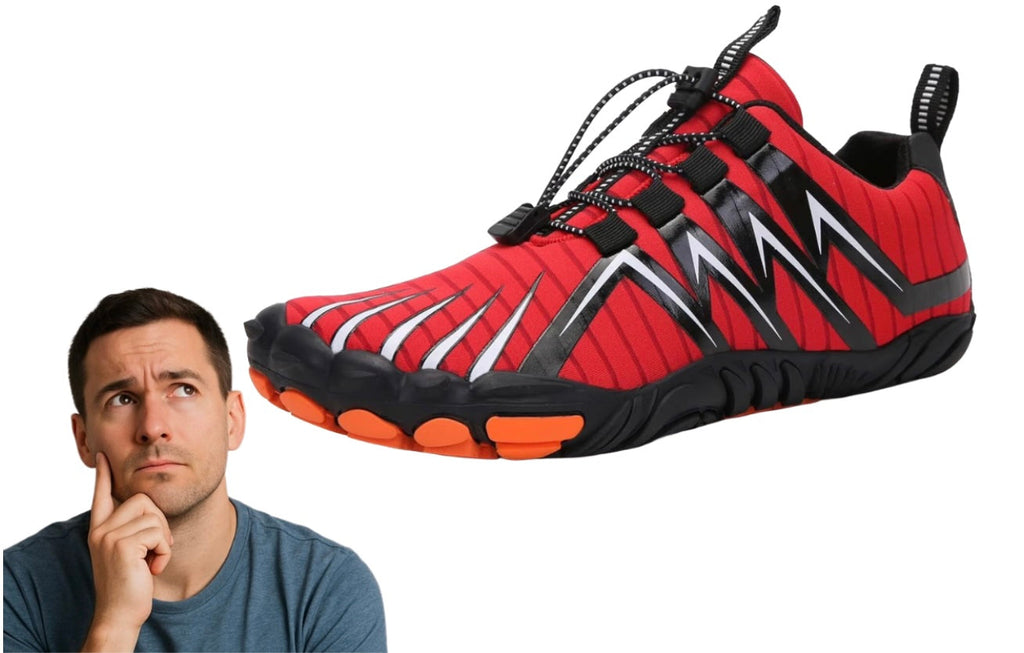Is Flat Feet Bad?
Flat feet aren’t always bad, but in plenty of cases, they can be painful and uncomfortable. Over time, flat feet could lead to instability while walking or getting fatigued more easily.
Fortunately, things like shoe inserts and custom orthotics for flat feet can help people with flat feet feel better and stay on their feet. Let’s look more closely at whether flat feet are bad, the kinds of problems they might cause, and the potential ways to manage them.
What Are Flat Feet?
Flat feet means the arches on the inside of the feet have flattened out. A person with flat feet typically feels their soles touching the floor while standing up. Sometimes, flat feet can affect how a person walks, runs, or stands.
What Causes Flat Feet?
Flat feet can show up for all sorts of reasons. Some people never develop arches as children, while others lose them as they get older. Common causes of flat feet include:
-
Genetics: Some people inherit flat feet from their parents.
-
Injury: An injury to the foot or ankle can flatten the arch.
-
Tendon problems: Weakening or tearing of the posterior tibial tendon can cause the arches to fall.
-
Aging: The feet can change with age, sometimes leading to fallen arches.
-
Other health conditions: Health conditions like arthritis, diabetes, or obesity can put more stress on the feet.
Different Types Of Flat Feet
Not all flat feet are the same. There are different types based on how the arch collapses and how they develop. The major types of flat feet include:
-
Flexible flat feet: The arches can appear when you’re sitting or standing on tiptoes but disappear when your weight is put on your feet.
-
Rigid flat feet: The arches are always flat, whether you’re sitting or standing.
-
Acquired flat feet: The arches collapse later in life, often because of injury or health problems.
-
Congenital flat feet: The arches never developed from childhood.
You might experience different types of discomfort based on the type of flat feet you have.
Is Having Flat Feet Bad for You?
For many, flat feet don’t cause serious problems. Some people live with flat feet all their lives and don’t need any treatment or special shoes.
When Flat Feet Become a Problem
Still, flat feet can sometimes lead to pain in your feet, ankles, knees, or even your lower back. That’s because the arches help absorb shock and support your body. Without enough support, your feet can roll inward too much and cause extra stress on your joints and muscles.
In some cases, flat feet can cause foot and ankle pain or affect your balance. You might also find that your shoes wear out unevenly. While flat feet are not always a cause for concern, talk to a doctor or foot specialist if you experience pain or find it difficult to walk.
What You Can Do About Flat Feet
You don’t have to just bear the pain or discomfort from flat feet. There are some simple things you can try to get relief, support your feet, and keep bigger problems at bay.
Choose Supportive Footwear
The right shoes matter when it comes to flat feet. Try to use shoes with good arch support and enough cushioning to protect your feet when walking or standing. Athletic and walking shoes often have better support than sandals or flats.
It's also a good idea to avoid shoes that are too flexible or lack structure, like flip-flops or worn-out sneakers. A wide toe box can help prevent crowding and let your feet move naturally. You may need to go up a half size for the best fit, especially if you’re adding insoles.
Use Insoles Or Custom Orthotics
If you have flat feet, insoles or custom orthotics may be helpful. These inserts slide right into your shoes and give your arches and heels a bit more support. Some people find that over-the-counter insoles do the trick. Others swear by custom orthotics, which are made to fit your feet and target the spots that need it most.
Custom orthotics, like the ones from Stride, are designed just for you. They can ease foot pain and might even help with posture or prevent knee and back issues. The difference can be noticeable once you start using something that actually fits your feet.
Stretching And Strengthening Exercises
Simple exercises at home may help strengthen the muscles in the feet and ankles. Stronger muscles give the feet better support and can help reduce pain. Some useful exercises include heel raises, toe curls, and picking up small objects with your toes.
Focus on exercises that target the arch and the lower leg, as these areas often get weak with flat feet. It's usually better to strengthen rather than just stretch because stretching the arch too much could make the problem worse for some people. If you’re unsure which exercises are right, a physical therapist can help guide you through a routine that's safe and effective.
Know When to See a Professional
It can be tough to know when flat feet are bad enough to need a doctor’s attention. Most of us don’t have to worry if we have no pain or other problems. But if flat feet start to cause discomfort, it’s best to get help.
Consider making an appointment if you notice any of the following:
-
Foot, ankle, lower leg, or knee pain that won’t go away
-
Stiffness, weakness, or trouble moving your feet
-
Frequent injuries such as sprains
-
Trouble walking, running, or standing for long periods
-
Only one foot appears flat
If you’re experiencing any of these signs, a foot specialist can help assess how your feet move and recommend the right next steps. You might be recommended different treatments like better shoes, orthotics, or targeted exercises.
Stride is an at-home option that starts with a quick quiz, a 3D foot scan using your phone, and a video of your gait. The podiatry team then uses this info to create custom orthotics that may help reduce pain and improve support, without needing to visit a clinic.
Bottom Line
While flat feet aren’t always a problem, they can lead to pain, fatigue, or joint stress if left unchecked. They can affect how you walk or stand, especially if the arches collapse over time. While some people might not notice any problems, others often live with soreness or frustration every day.
Various treatments may help relieve pressure and improve comfort. If you’re looking for a simple way to get custom orthotics from home, Stride makes it easy to get custom support from home, using just your phone and a quick quiz.




